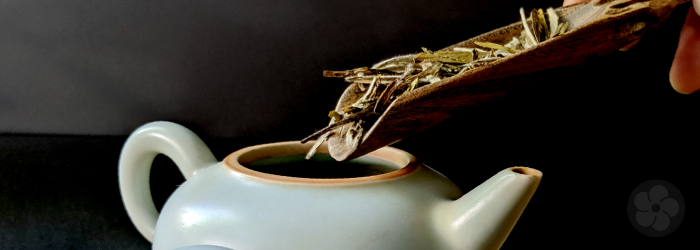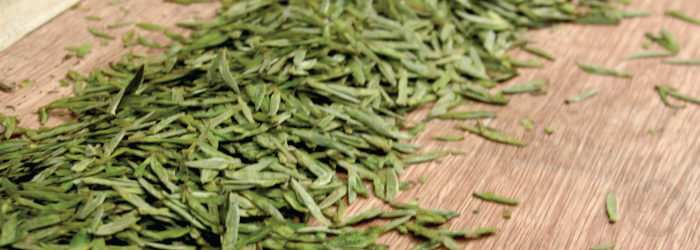The Truth About Teas for Weight Loss
Tea has a long history as a touted cure for all sorts of ailments, ever since it’s legendary discovery as an antidote to poisons. So perhaps it’s no surprise that today, tea is often marketed as an antidote to one of our most pervasive modern health issues. Today, we’ll dive into the facts about “weight loss” teas to separate the true benefits of tea from the sales spin.
Continue reading










